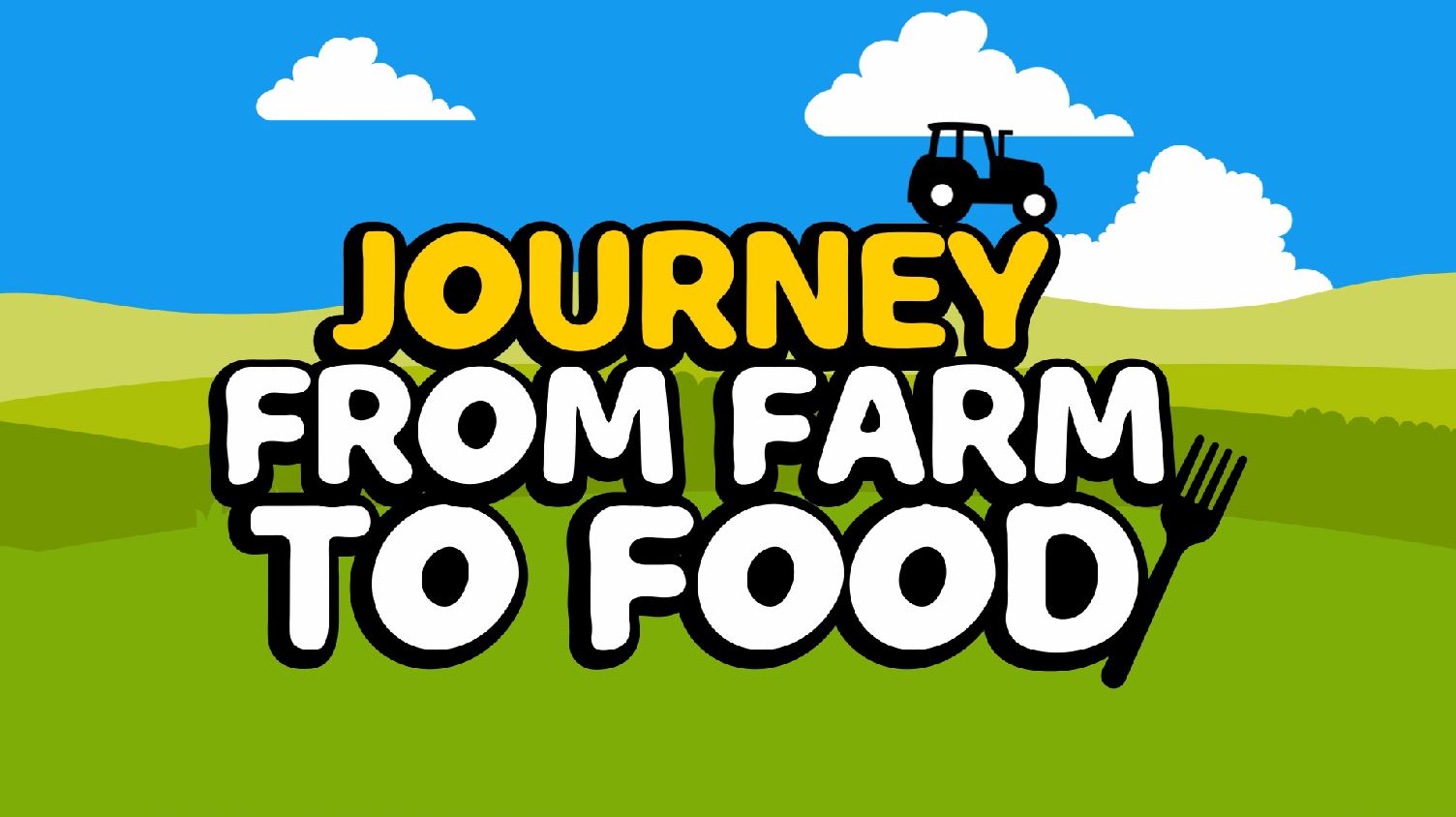The aim of the Beef Grass Management Project 2014 was to improve the amount and quality of grass grown on farm and its utilisation by beef cattle.
By providing stock with top quality grass consistently throughout the grazing season, optimum growth rates can be maintained in all ages of grazing stock. Rotational grazing of different groups of cattle should enable farmers to build up grass in the autumn, extending the grazing season for stock and to carry grass over the winter to allow for early turnout in February. This project is being carried out at Cilrhue Farm, Boncath, North Pembs, which is owned and managed by Mrs BH Davies and her sons John and Edward Davies. They are keen to see how much costs can be saved in rearing stock to the point of finishing with this system and to find out what stock growth rates are achievable.
The farm extends to 214 acres of owned land, with an additional 93 acres being rented on annual lets. The farm is predominantly down to grass with about 20 acres of wholecrop grown in summer and seeded to rape for the outwintering of cattle. This also forms part of the reseeding policy of the farm. Stock consists of about 600 head of cattle and calves of varying ages. The farming system consists of buying in 7-10 day old calves from local dairy farms, rearing on a grass/forage diet to about 24 months old and finishing on grass silage / wholecrop / concentrate diet to go straight to slaughter. The stock are bought in batches in the spring and autumn and consist of three main breed types of Friesian,Dairy Shorthorn and Hereford crosses. Historically, the stock have been grazed in small groups over the farm with about 150 of the ‘big’ cattle housed in a cubicle and slatted floor shed and finished on the silage / wholecrop / concentrate mix. Approximately 100 are out-wintered on rape and silage bales.
For the project, grass growth and quantity are measured every two weeks (weekly in the month of May) to find out how much grass is grown and which paddocks the stock should be going to. With this information, we can also plan which paddocks need to be dropped out for silage as they are too strong to graze, without running short of grass! Along with the measurements of grass growth and quantity , grass samples are taken every month to monitor what is the quality of the grass being put in front of the grazing stock. To monitor stock growth rates, they are weighed once a month. To assist with this task the Davies’ have invested in an electronic identification system (EID) which makes the collecting of this crucial information relatively easy. This device will download to a laptop/tablet where the growths rates are calculated,and you can pick out any ‘poor dooers’ for a bit more TLC!
To date, grass growth has been similar to previous years locally up until March. However, April saw a surge of growth of more than 30 % more than average, with May also being above average. To cope with the good gowth, due to measuring of paddocks, some have been dropped out for silage with groups of cattle being added to to increase demand on certain grazing areas.

The photo above shows a good example of good post and pre grazing covers.The piece just grazed was taken down to 1585 kgDM/ha where the cattle have grazed it out without being short of grass.The grass they are now in is 2900 kgDM/ha – just about where it should be to be grazed without being too strong. Having weighed the cattle in early June, we can see a variety of growths ranging from 1 kg/day up to a staggering 2.5 kg/day, with an average over 300 animals (aged between 7 and 25 months) of 1.6k g/day. The plan is to maintain these growths with excellent grassland management throughout the season and well into the autumn.


